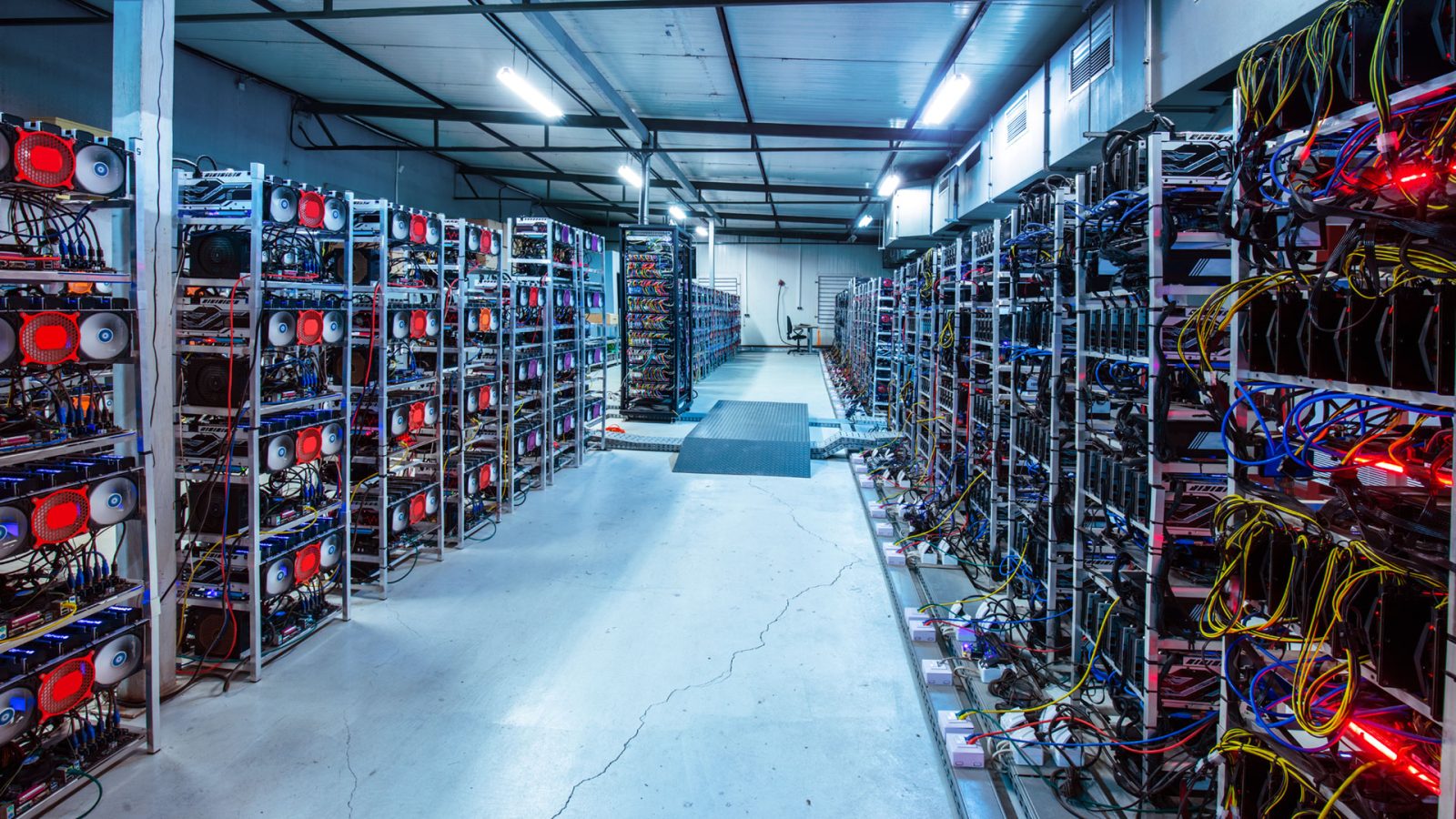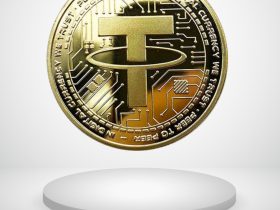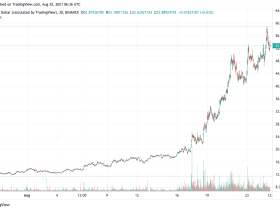
If you’re interested in learning more about the mining process, read on. In this article, we’ll talk about mining pools, Hashing puzzles, and GPUs. Depending on your goals, the rewards for mining can range from a massive payoff to a small pittance. Learn how to get started mining cryptocurrency. Then, you’ll be well on your way to becoming a profitable miner.
GPUs
The mining process requires GPUs to be fast and have an extremely high level of efficiency in repetitive computations. The mining device is constantly trying to decode different hashes while only changing a single digit every time. Each time the algorithm solves the hash, it is rewarded with a block reward and the miner receives some form of payment. A GPU is faster at these repetitive operations and CPUs are better at multi-tasking functions.
The cryptocurrency market is volatile, prone to fluctuations in media coverage and human emotion. Earlier this year, environmental reports on Bitcoin paired with a crackdown in China sent the price of the cryptocurrency soaring. When mining cryptocurrency, it’s important to make sure the profit is high enough to cover the initial purchase cost. AMD encourages users to use GPUs for mining and has a list of third-party multi GPU rigs.
GPUs are used for cryptocurrency mining
When you buy a GPU for cryptocurrency mining, you’re paying a lot of money for the processing power. It has been said that a GPU has as many as six million transistors. This is not true. GPUs are used for cryptocurrency mining by many companies. The price of a GPU can fluctuate greatly. A GPU can cost hundreds of dollars, but can pay for itself many times over in mining profits.
The good news is that there’s no direct risk to your PC. But if you’re mining for Bitcoin, Ethereum, or other popular cryptocurrencies, you should be careful to choose your GPU carefully. Each model has a different hash rate, and one model is more productive than another. A GPU’s productivity depends on the type of cryptocurrency it is mining. Buying one model won’t necessarily benefit your PC.
Mining pools
If you’re new to cryptocurrency, you might be wondering, “How is cryptocurrency mined?” This process involves breaking up computer code to produce more currency. Since there are only a finite number of pieces of code, the more you can break down, the more cryptocurrency you’ll create. These computer codes are in the form of firewalls, virus protection, and other types of online security. You can purchase cryptocurrencies on a crypto exchange, but to earn cryptocurrency, you need to use mining equipment.
Bitcoin miners use powerful hardware to process transactions, and they must have electricity to mine. Their work is rewarded in the form of blocks. Unlike gold miners, however, who dig for gold, cryptocurrency miners process transactions and update the “blockchain” (a database of all recent bitcoin transactions).
Hashing puzzles
Bitcoin, like all cryptocurrencies, is mined using cryptographic puzzles. These puzzles require the user to choose a number from 1-9 and multiply that by a third number. Once a consensus has been reached, a new block is validated, adding new transactions to the chain. The validation process occurs approximately every 10 minutes. The miner who solves the hash puzzle first is rewarded with a block of bitcoins.
Bitcoin mining works by calculating the correct answer to a mathematical problem using a special type of computing machine. The machine uses a series of specialized chips to confirm each transaction on the cryptocurrency network. Previously, desktop computers with CPUs were used for the mining process, but this was time-consuming and inefficient. Today, large mining pools aggregate these systems and consume huge amounts of electricity. This mining process is not suitable for people who cannot afford the hardware or electricity needed to run such complex machines.
Hashing power
The process of mining digital currency involves computing a combination of mathematical problems using a hash rate. The faster the hash rate, the more profitable mining is. Bitcoin and Ethereum, until their 2.0 upgrade, are Proof-of-Work blockchains. A hash is a fixed-length alphanumeric code that represents a word, message, or other data. Different crypto projects use different hashing algorithms.
The number of computers that are capable of mining a certain cryptocurrency is measured by its hash rate. The hash rate of a cryptocurrency will vary depending on the network and the type of cryptographic algorithm. Bitcoin uses the SHA-256 cryptographic algorithm, and its hash rate is measured in exahashes per second. In contrast, Ethereum uses a system called terahash, which measures its hash rate in trillions of hashes per second.
Energy consumption
Despite the influx of new bitcoin miners and their huge power requirements, the mining industry continues to generate huge amounts of carbon dioxide. The burning of coal and natural gas for mining cryptocurrencies has increased global carbon dioxide emissions. As a result, mining companies may be competing with other customers for the same resources, and this may lead to high utility bills for households. In fact, residential utility bills soared to nearly $300 a month in 2018 after Bitcoin miners started setting up shop.
A recent letter from US lawmakers has highlighted concerns about energy consumption from cryptomining. The lawmakers are urging cryptocurrency mining companies to disclose the amount of electricity they consume and the source of energy used. These companies should also be held accountable for how much of their electricity they use, as this could negatively impact local ecosystems and global climate goals. Further, cryptocurrency mining can damage the environment, which is why the energy used by these companies should be regulated.
























